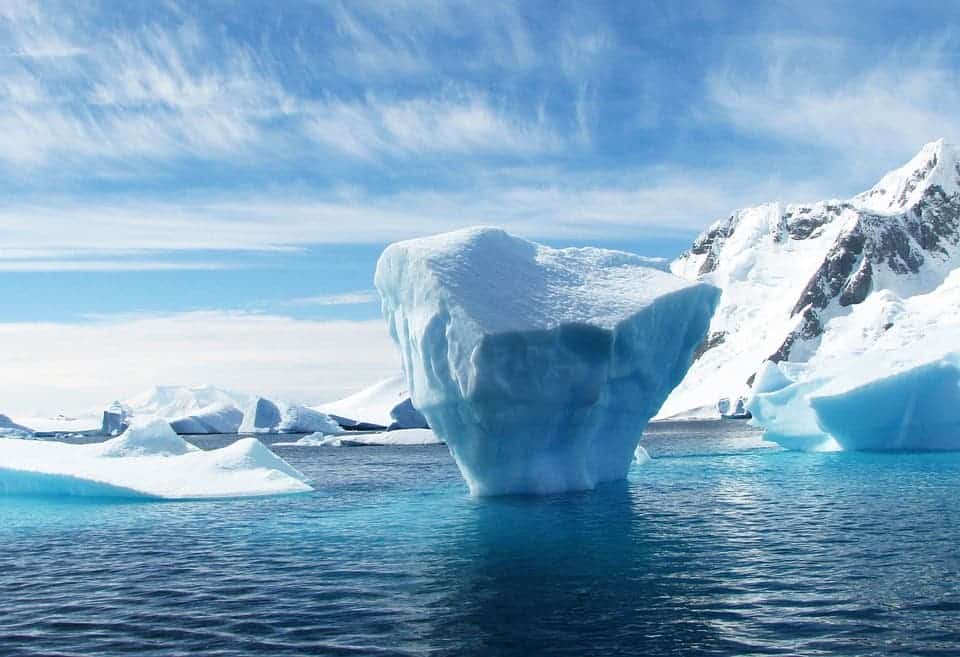Over the last 25 years, Antarctica’s ice sheet has thinned by up to 122 meters in certain areas. The most heavily-hit area is West Antarctica, where ocean melting is speeding up the process. However, affected glaciers are becoming unstable throughout the frozen continent, a new paper reports, meaning they lose more ice through melting and calving than they gain from snowfall.

The authors of the study, a team from the UK Centre for Polar Observation and Modelling (CPOM) led by Professor Andy Shepherd from the University of Leeds, used 25 years’ worth of altimetry data recorded by European Space Agency satellites and a regional climate model to determine the state of Antarctic ice.
Antarctic, shaken, no ice, please
“In parts of Antarctica the ice sheet has thinned by extraordinary amounts, and so we set out to show how much was due to changes in climate and how much was due to weather,” Professor Shepherd explains.
“While the majority of the ice sheet has remained stable, 24% of West Antarctica is now in a state of dynamical imbalance,” the paper reads.
The patterns of glacier thinning have not been static, the team reports. Since 1992, glaciers across more than 24% of West Antarctica has begun to thin, as did those associated with the continent’s largest ice streams — the Pine Island and Thwaites Glaciers. These two glaciers are now melting a full five times faster than they were at the beginning of the survey, the team notes. All in all, fluctuations in snowfall do cause small changes in glacier volume for a few years at a time, but the significant changes observed by the team have persisted for decades and are indicative of the effects of climate-change-induced glacier instability, the team explains.
The data used in the study included over 800 million measurements of the Antarctic ice sheet height recorded by the ERS-1, ERS-2, Envisat, and CryoSat-2 satellite altimeter missions between 1992 and 2017 and simulations of snowfall over the same period produced by the RACMO regional climate model. This wealth of data allowed the team to tease apart changes in ice sheet height caused by weather — such as variations in snowfall — from longer-term changes caused by climate — such as warmer ocean water that melts ice away. To separate the two effects, the researchers compared the surface height readings obtained in the field to changes in snowfall they simulated using the RACMO model. In effect, any discrepancies between the two datasets are the product of glacier imbalance (i.e. of climate change).
“Knowing how much snow has fallen has really helped us to detect the underlying change in glacier ice within the satellite record,” says Professor Shepherd. “We can see clearly now that a wave of thinning has spread rapidly across some of Antarctica’s most vulnerable glaciers, and their losses are driving up sea levels around the planet.”
“Altogether, ice losses from East and West Antarctica have contributed 4.6 mm to global sea level rise since 1992.”
The study is a good example of how satellite data can be used to study large climate trends ongoing on our planet. This is especially true in hostile environments such as the arctic and antarctic, where ground-level missions are not only difficult but potentially deadly, as well.
The paper “Trends in Antarctic Ice Sheet Elevation and Mass” has been published in the journal Geophysical Research Letters.


